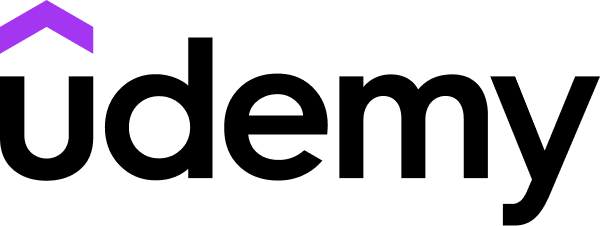Overview
What you'll learn:
- How to apply money management strategies
- How to apply tax management strategies
- Explain the difference between marginal tax rate and average tax rate and how to use the proper rate when planning
- Describe the difference between tax deductions and tax credits and how to use this information when doing tax planning
- List the different tax filing statuses and their impact on the tax calculation
- Explain the different tax preparation options and the pros and cons related to them
- List common financial services needed by individuals
- List financial institutions and the services they provide
- Describe what a bank reconciliation is
- Complete a personal bank reconciliation
This course will focus on the importance of performing the bank reconciliation process and how to complete a bank reconciliation.
We will include many example problems, both in the format of presentations and Excel worksheet problems. The Excel worksheet presentations will include a downloadable Excel workbook with at least two tabs, one with the answer, the second with a preformatted worksheet that can be completed in a step-by-step process along with the instructional videos.
Cash management is a critical component to financial planning and taxes are a material part of cash management.
Learners will understand basic money management strategies and tax planning strategies. We will discuss the difference between a marginal tax rate and an average tax rate and how to use the appropriate tax rate when making financial plans
The course will also cover the differences between a tax deduction and a tax credit, an important distinction when doing tax planning.
Learners will know the different tax preparation options and understand which options may be best under different financial circumstances.
We will also be able to list and explain different financial services and the financial institutions that provide them, allowing us to make good decisions about which financial services to use and which financial institutions to work with.
The course will discuss the importance of reconciling the bank account, the bank reconciliation process being a big internal control over cash.
The purpose of the bank reconciliation is not just to make sure our ending cash balance is correct, but also to check that we have recorded the activity correctly.
Cash is the lifeblood of a business and of our financial activities. When thinking in terms of the double entry accounting system, cash will impact every financial cycle, meaning it will impact our revenue generation, our purchases, and our expenses, whether personal our business.
Therefore, the surer we are about the correctness of our cash transactions the surer we are about the correctness of our revenue, purchases, and expenses.
The bank reconciliation process will match our bookkeeping related to cash to the banks bookkeeping related to cash, giving us an external verification that the activity recorded is correct.

